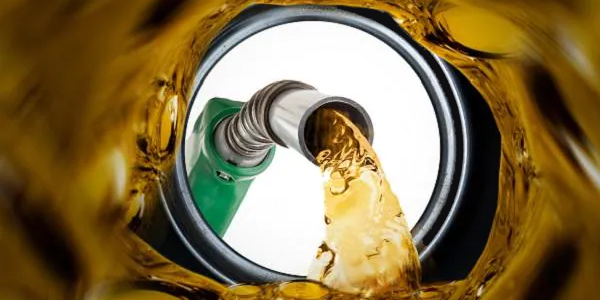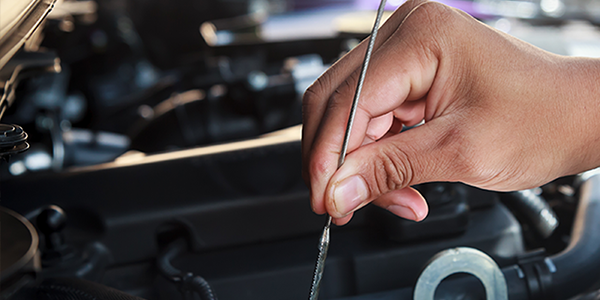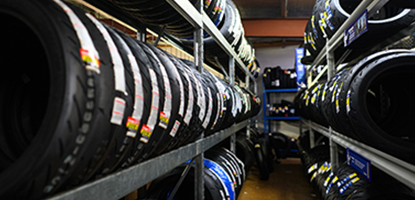August 2025
Guide To Fuel Prices
Here we try to break down the why, how, what and clear some of the confusion around putting fuel into the tank.
Let's talk fuel prices. Yep - the price can be high. Do you know why though? It’s natural for consumers to get upset and blame key players in the market, but there’s a lot of costs and processes that are really behind the final price you see at the servos.
Did you know?
Production and shipping costs
New Zealand imports around 46% of its fuel needs as refined product ready to use. The rest is imported as crude oil and refined at the Marsden Point oil refinery (which is set to stop refining crude and become a storage facility).
Most of our refined fuel and crude oil is sourced out of the Singapore oil refineries and shipped to New Zealand. We compete with other countries also sourcing fuel out of this market and as such, are exposed to international supply and demand factors. As all crude oil and refined product is purchased in US dollars, the value of the NZ dollar against the US dollar can account for price changes at the pump.
Once landed in New Zealand, fuel is either moved from Marsden Point via the pipeline to the Wiri (Auckland) storage terminal or shipped around the country using a fleet of ships to various storage terminals. Delivery to service stations is by way of a fleet of road tankers that keep service station tanks topped up 24 hours a day, seven days a week.
Taxes
All major fuel wholesalers participate in the NZ Emissions Trading Scheme (ETS) and pay ETS taxes based on the volumes of fuel they sell. The amount of tax is directly related to the price of carbon and with the price rising to nearly $76 per tonne, the ETS tax component is around 18 cents per litre. Other taxes applied to petrol include fuel excise duty which the revenue goes into the National Land Transport Fund (NLTF) and is used to build and maintain road infrastructure Normally this tax is 70.024 cents per litre but the Government has temporarily reduced this by 25 cents per litre to provide relief to motorists due to high crude oil process globally.
The Accident Compensation Corporation (ACC) collect 6 cents per litre, local authorities collect 0.66 cents per litre and use this revenue to maintain local roads not funded through the NLTF.
The Ministry of Business Innovation and Employment (MBIE) collect 0.59 cents per litre to fund their fuel monitoring regime that ensures fuel quality dispensed at retail outlets meet all necessary standards.
Finally, GST is applied to the total cost of a litre of fuel which, considering a significant component of the cost of a litre of fuel is tax, GST is in effect a tax on a tax.
Wholesaler and retailer margin
This is what’s left over once the fuel has been brought into New Zealand, transported to the various bulk storage terminals for local distribution and all Government taxes are paid.
Who gets what share of what is left over is dependent on whether the retail fuel outlet is a full service, manned station or an unmanned fuel-only station.
Manned Service Station For a typical manned service station, staff costs alone would be in the order of $250,000 per annum. The costs associated with running a convenience store that sells food, drink and other convenience items doesn’t come cheap either. Offering these services requires staff to be trained and certified and many thousands of dollars are spent complying with food safety regulations.
Unmanned Service Station Even considering that most unmanned self-service stations don’t have a canopy over the forecourt, constructing a canopy to keep customers dry while they refuel their cars could cost around $250,000. The retailer and wholesaler margin is used to cover these business operating costs.
The key point we are trying to make is that customers do have a choice where they buy their fuel but there are reasons why prices vary between different service station operating models.
Common questions
Q-When crude oil prices are low, why doesn’t the reduced prices get passed on to consumers straight away?
A - In some cases this does occur but is dependent on whether the fuel supplier has forward supply contracts at a competitive rate. Normally, the decision to pass on savings or not is based on replacement cost of fuel that needs to be bought later.
Fuel suppliers may not be in a position to pass on savings to the consumer if the price of fuel would result in a loss on their initial purchase price.
Q-How can the unmanned self-service stations offer fuel at lower prices?
A - There are a range of factors here, the main one being staff costs. The average number of staff working at a manned service station in New Zealand is seven. This adds around $250,000 in overheads that an unmanned station doesn’t have. You can normally access a range of other services at manned stations like, car wash, hot food and drinks, clean toilets, trailer hire, LPG bottle fill and free air to pump your tyres. Providing these additional services all cost money and have to be covered by the margin the retailer makes on selling fuel.
We regularly hear from members of customers who have just filled up at an unmanned station down the road to take advantage of cheaper fuel but stop in at the manned station to use their toilet facilities; is that fair?
Q-When crude oil prices are low, why doesn’t the reduced prices get passed on to consumers straight away?
A - In some cases this does occur but is dependent on whether the fuel supplier has forward supply contracts at a competitive rate. Normally, the decision to pass on savings or not is based on replacement cost of fuel that needs to be bought later.
Think about if you’d just bought something for $100 and had planned to sell it on for a $110 to cover your overheads and make a profit. A potential buyer had seen the same item for $90 and thinks $100 is a fair price, would you be willing to make a loss on your initial purchase price just to make a sale?



